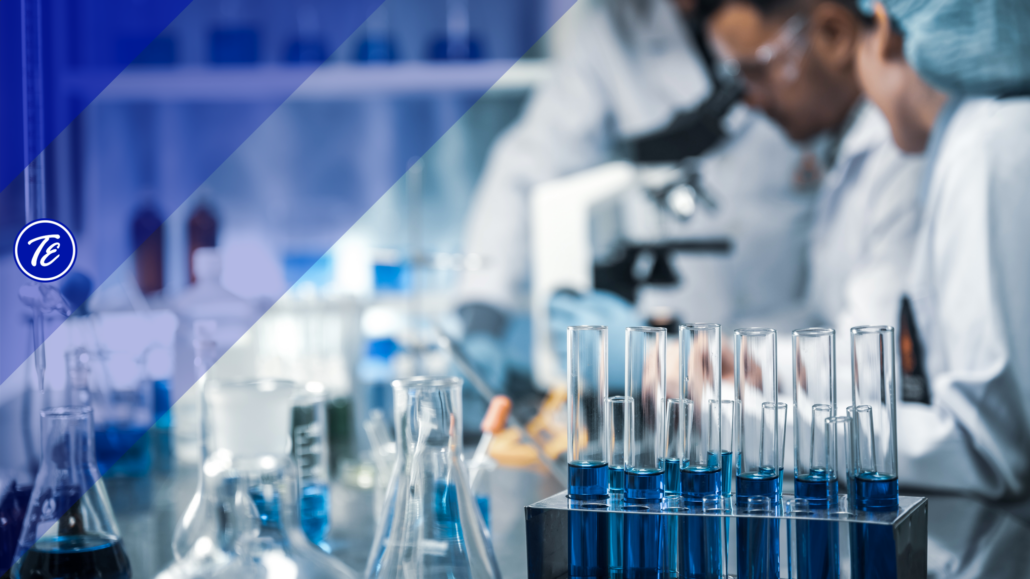Chemical Risk Management in Laboratories: Strategies and Practices
Safety management in laboratories, particularly with regard to chemical hazards, is a crucial element in protecting workers’ health. What are the best practices for identifying, assessing and managing chemical hazards, ensuring a safe and compliant working environment?

Acute and chronic effects of chemical exposure
Exposure to chemicals in laboratories can cause harmful effects, classified as acute and chronic. Acute effects are those that occur rapidly, immediately after brief but intense exposure. These effects may include irritation, burns or more severe symptoms, and although they often improve once exposure has ceased, they can cause permanent damage in extreme cases.
Chronic effects, on the other hand, emerge after prolonged exposure and may last even after the exposure has ended. These effects, often related to occupational diseases, require constant management and prevention is essential to minimise long-term health risks.
Chemical risk assessment and identification
An effective laboratory safety plan starts with the identification and evaluation of the chemicals used. This process includes the inventory of all substances present and the assessment of their potential risk, considering factors such as toxicity, flammability and reactivity. This phase helps to understand what measures are needed to prevent accidents and protect workers.
Storage
The correct storage of chemicals is a key element in laboratory safety. It is important to store hazardous materials following strict compatibility criteria, avoiding reactive substances in close proximity to each other. Clear and accurate labelling of containers is essential, as is keeping an up-to-date inventory of substances. In addition, flammable products must be stored in safety cabinets specially designed to minimise the risk of fire.
Personal Protective Equipment (PPE)
The correct use of Personal Protective Equipment (PPE) is essential to reduce chemical risks. PPE includes:
– Respiratory protection: Masks and respirators appropriate to the type of chemical present protect against hazardous inhalation.
– Protective clothing: Coats, aprons and overalls are designed to prevent skin contact with harmful chemicals, and must be selected according to specific risks.
– Protective goggles and visors: Essential for protecting the eyes from splashes and spray, these devices must offer complete coverage and ensure comfort during use.
Safe Management of Hazardous Substances
Managing hazardous substances requires a structured approach. Before use, it is essential to consult safety data sheets to understand the risks associated with each substance. During handling it is essential to wear appropriate protective clothing and to work in a well-ventilated environment to minimise the inhalation of harmful vapours. In the event of an accident, such as a spill, it is important to follow emergency procedures to quickly contain the problem and reduce damage.
Appropriate signage is essential to clearly communicate potential hazards within the laboratory. Information signs on substances used indications on the correct use of PPE and warnings concerning high risk areas must be clearly visible and intuitive for all operators present in the laboratory.
Emergency Procedures
Every laboratory should be equipped with a first aid kit specifically for chemical-related accidents, as well as personnel trained to deal with such situations effectively. In chemical-related emergency situations , it is vital to implement emergency procedures promptly. Isolating the affected area, evacuate personnel and immediately contact those responsible for safety are essential steps to contain risks. Following decontamination instructions and preparing a detailed incident report are necessary actions to improve future safety and prevent similar incidents.
Managing chemical risks in the laboratory goes beyond simply complying with regulations: it is an act of responsibility towards ourselves and our colleagues. But is it possible to manage every chemical in the laboratory with the necessary care? Every action, from the correct cataloguing of substances to constant vigilance over daily practices, contributes to a safe and secure working environment.


